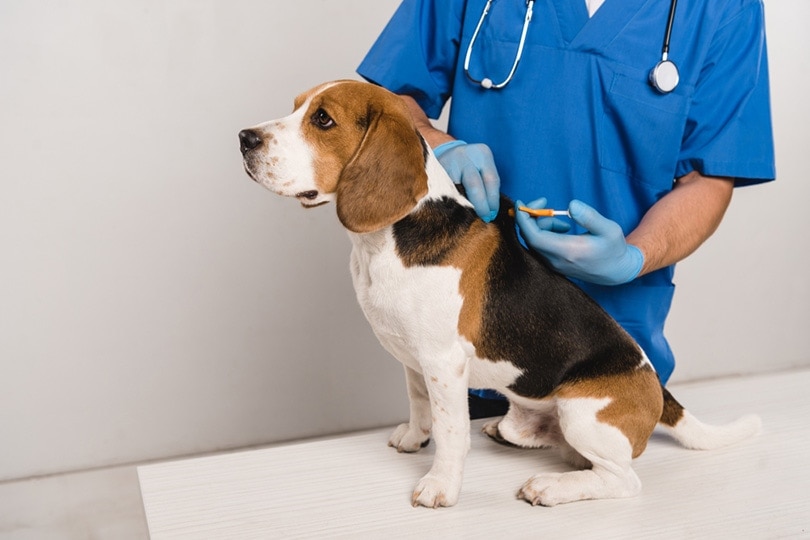Traveling to Mexico With a Dog: 8 Vet-Approved Tips
Updated on
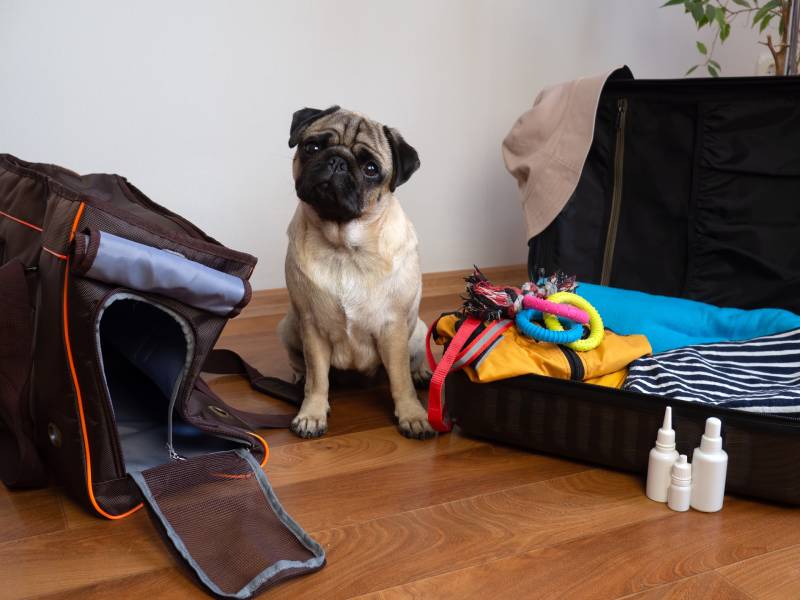
Some dog owners take their beloved pooch with them everywhere, even if it means traveling with their dog to a different country. Traveling with your dog is easier than it used to be, with more pet-friendly accommodations readily available and fewer restrictions. However, when traveling to Mexico with your beloved pooch, you must be aware of the country’s laws, policies, and requirements to be fully prepared.
In this post, we’ll discuss eight tips to consider before heading out so that you have everything in place to avoid a headache once you arrive.
Before You Leave
There are two common ways to get to Mexico from the US: by air or by car. If you plan to fly, you’ll need to check all requirements for that particular airline, as they all have their own policies and regulations, which will be explained later. If you’re traveling by car, your dog must be in a carrier before entering. You cannot have your dog in your lap before crossing the border.

The 8 Tips to Consider Before Traveling to Mexico With Your Dog
1. Obtain a Rabies Certificate
Despite the ease of the country’s restrictions when it comes to dogs entering, you still need to carry the required rabies certificate. The certificate may be asked by border control before entering, and if you do not have the certificate, you and your dog will be denied entry into the country. The rabies certificate cannot be expired, and ensure all pertinent information is on the certificate, such as the date given, your veterinarian’s information, the expiration date of the vaccine, your name and address, as well as the breed, sex, age, and color of your dog.
When returning to the United States from Mexico, you will not need to present a rabies certificate because Mexico is not considered a high-risk country for the disease. However, you will still need to provide a written or verbal statement explaining that your dog has not been in a high-risk country over the past 6 months before being allowed entry back into the US.1
2. A Health Certificate Is Not Required
Since 2019, a health certificate for your dog is no longer required for entry into Mexico if you’re coming from the US or Canada. However, your dog will still be physically inspected upon arrival by SENASICA.2 The inspection involves checking for lesions, external parasites, and the overall healthy appearance of your dog.
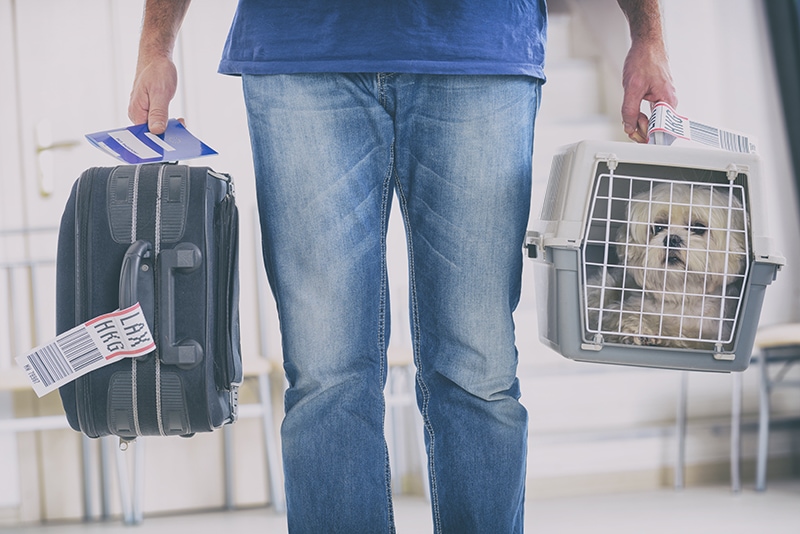
3. Ensure You Know the Traveling Rules With Your Airline
Despite a health certificate being no longer required for entry into Mexico, the airline you use may still require one before being allowed to board. It’s imperative to check with your airline to ensure you have all documentation in place before arriving at the airport. Some airlines allow you to add your pet upon purchasing your ticket, but we recommend calling to verify your pet is added to your itinerary.
Most dogs are allowed to fly in the cabin with you (if it’s a small dog), but some require the dog to be placed in the cargo area. All airlines have their own policies, and some only allow service animals to ride in the cabin. There may also be fees associated with traveling with your dog.
4. Bring Up-to-Date Vaccination Records
Even though a health certificate is no longer required for entry into Mexico, it’s still wise to bring all current vaccination records to prove your dog’s clean bill of health. The records should be legible and include the dates the vaccines were given to show the status. Such vaccinations should include the following:
- Rabies
- Parvo
- Distemper
- Hepatitis
- Parainfluenza
- Leptospirosis
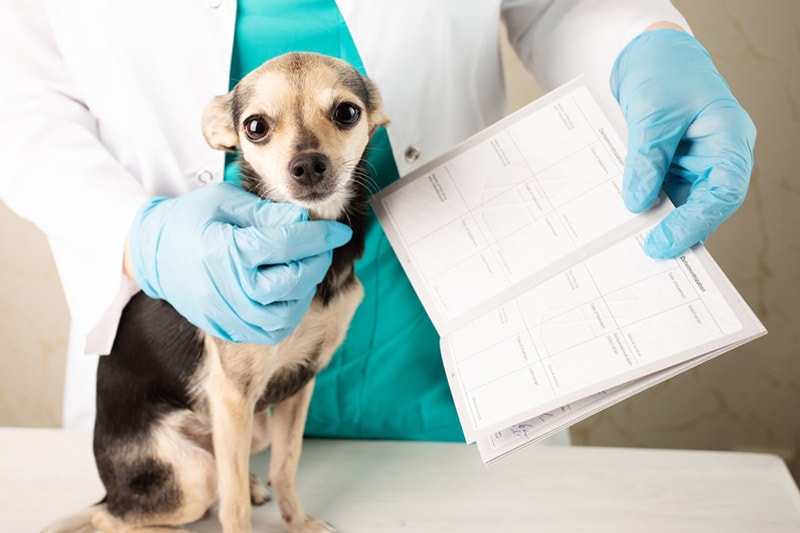
5. Bring Your Dog’s Medical Records
This may seem like overkill, but it’s best to be overly prepared should you run into any snags. The more proof of your dog’s health you can provide, the better. Border patrol may ask for these records even though a health certificate is not required. It’s also a good idea to provide a list of any medications your dog is currently taking.
It’s also advised to treat your dog for fleas, ticks, and heartworms before traveling to the country, and providing proof is also a good idea.
6. Take Your Dog to Mexico’s OISA
Upon arrival, you must take your dog to the Mexican Animal and Plant Health Inspection Office (OISA) for inspection. This is where SENASICA comes in for the physical inspection of your dog. They will check for external parasites (particularly ectoparasites), fresh wounds, or any signs of infectious or contagious diseases.
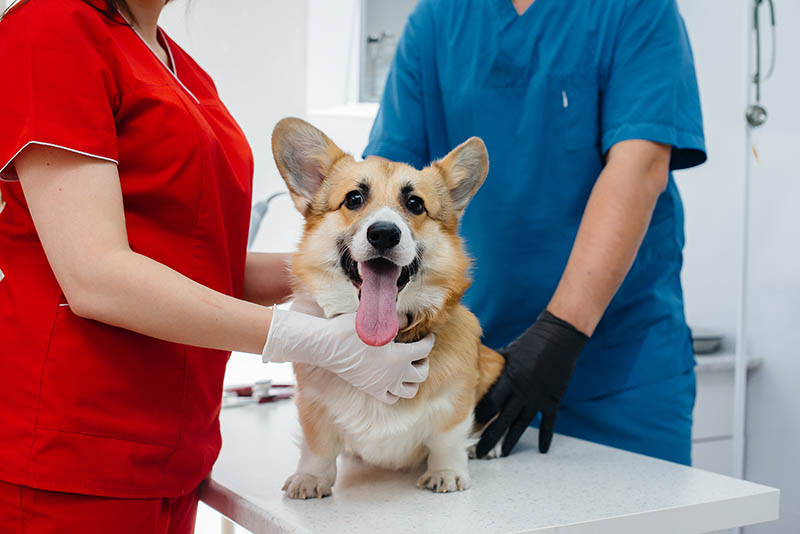
7. Have Your Dog in an Appropriate Carrier
Your dog’s carrier should be free from bedding, toys, or other accessories. If you leave these items inside, they could be destroyed, which can be heartbreaking if your dog’s favorite toy or blanket is confiscated. The carrier will also be sprayed for disinfecting purposes, so heads up.
8. Find Pet-Friendly Accommodations Before Arrival
Because of the high number of strays, there are claims that Mexico doesn’t hold dogs in high regard as we do in the US, but it’s getting better. That said, you will have a little harder time finding pet-friendly accommodations compared to the US, but it’s not impossible.
As for dining out, many restaurants do not allow dogs inside, but many cafes with outdoor seating are usually accommodating. It’s best to map out where you plan to go while you’re in the country and scope out any places you’d like to visit so you know where the dog-friendly places are. Remember that the better prepared you are, the better your experience will be.

Conclusion
It can be confusing figuring out what you need to travel to Mexico with your dog. If you’re driving, ensure you place your dog in a carrier before entering the border patrol, and leave out any bedding, blankets, or toys. When flying, ensure you know all requirements in order for your dog to travel with you.
Featured Image Credit: Yekatseryna Netuk, Shutterstock






